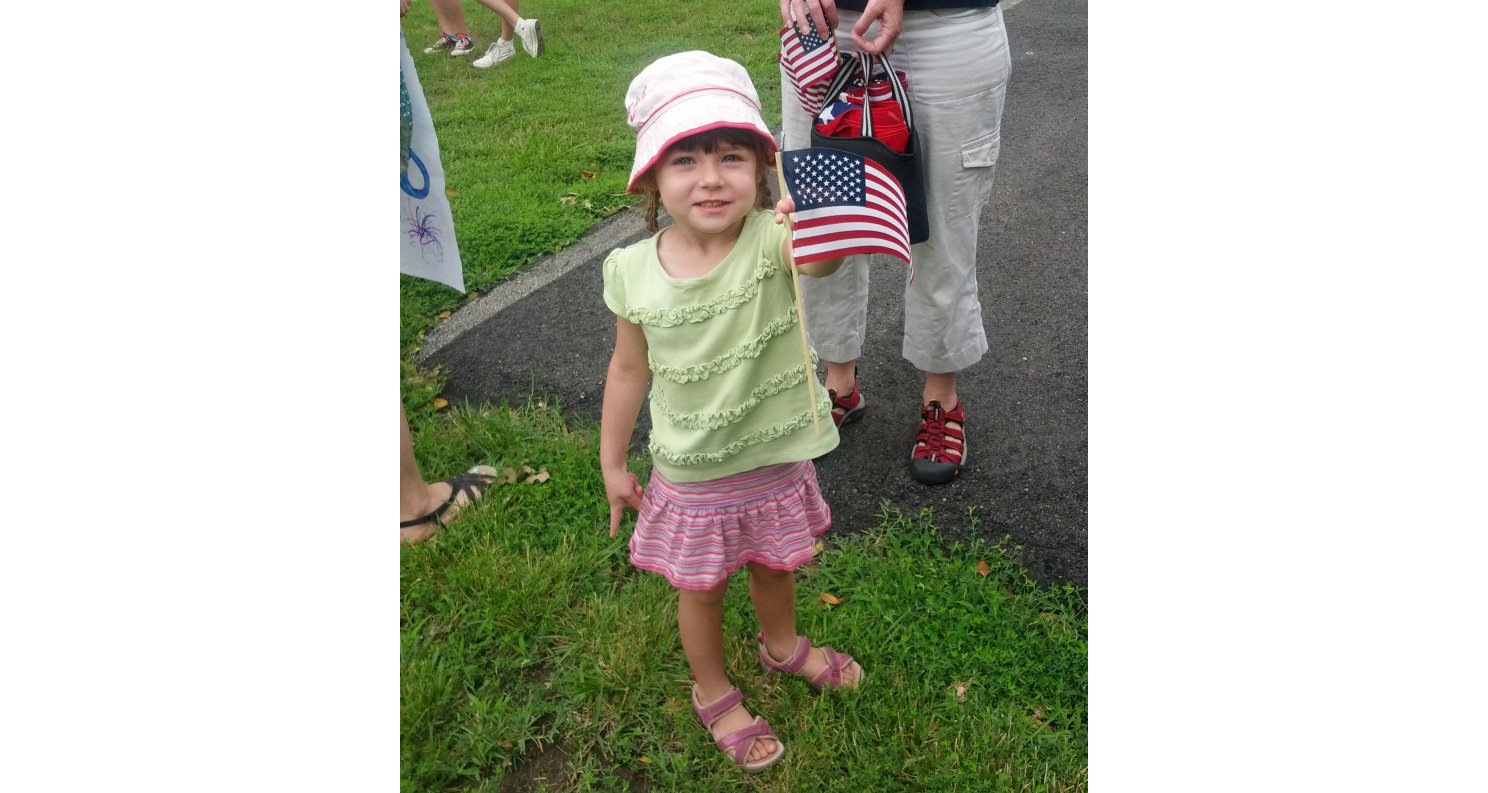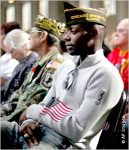The following is an excerpt from the new book by Rare Deputy Editor James S. Robbins, Native Americans: Patriotism, Exceptionalism, and the New American Identity.
Videos by Rare
Critics of patriotism often scoff at its overt exhibition, such as waving flags, holding parades, or other nationalistic displays. But ceremonies can have a beneficial impact. In May, Jan Erik Andreas Madestam of Bocconi University in Italy and David Yanagizawa-Drott of Harvard’s Kennedy School of Government posted findings of a study they had conducted on the impact of Independence Day celebrations on political identification and turnout. The study, “Shaping the Nation: Estimating the Impact of Fourth of July Using a Natural Experiment,” found “a set of striking relationships linked to Fourth of July.” According to the study, “Fourth of July celebrations have a significant impact on people’s political preferences. A rain-free Fourth of July makes it 1.3 percent more likely that an individual contemporaneously identify as a Republican.”
The effects of the change are cumulative; the “likelihood that an adult at age 40 identifies as a Republican increases by 0.76 percentage points for each rain-free Fourth of July during childhood, where childhood is defined as the ages of 3-18.” The effects are strongest at ages 7 through 10, and “the estimates show that the impact on political preferences is permanent, with no evidence of the effects depreciating as individuals grow older.” Unfortunately for the left, the study found “no evidence of an increased likelihood of identifying as a Democrat, indicating that Fourth of July shifts preferences to the right rather than increasing political polarization.”
Attending parades in youth also can lead to greater political participation later in life. The study found that “voter turnout later in life increases by 0.62 percentage points per rain-free day” and the “likelihood that individuals attend political rallies, make campaign donations and work for political parties as adults also rises.” The participation effects peak later than the preference effects, kicking in most strongly at ages 15 through 18, and tend to be less durable than the permanent pro-Republican impact.
One explanation posited by the study for these effects is that “Fourth of July is a day that provides a context for the celebration of an American civil religion organized around flags, parades and the Constitution” and that “while these values need not be partisan … the political right has been more successful in appropriating American patriotism and its symbols during the 20th century.” Surveys released in 2010 by the Pew Research Center and Gallup support the idea that conservatives tend to consider themselves more patriotic than liberals. “According to this interpretation,” the study continues, “there is a political congruence between the patriotism promoted on Fourth of July and the values associated with the Republican Party.”
James S. Robbins is Deputy Editor of Rare and author of Native Americans: Patriotism, Exceptionalism, and the New American Identity. Follow him on Twitter @James_Robbins
(This section was adapted from the author’s “Patriotism on Parade,” which appeared in The Washington Times, July 1, 2011.)



